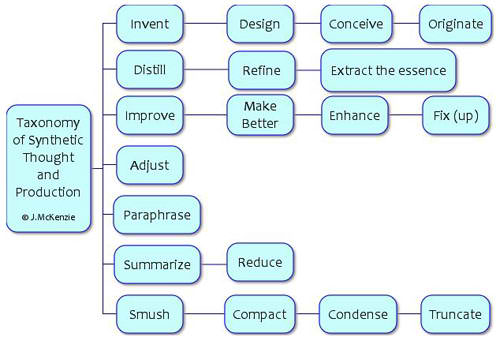| Research Cycle |
Order Kindle versions of Jamie's books
Order Jamie's books online with Paypal or a credit card
|
|
|
| Vol 10|No5|June |2014 | |
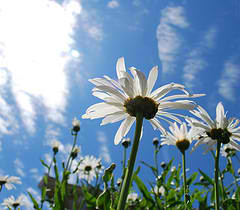
This image is © J. McKenzie 2013
Thinking Gifted Thinking Gifted Thinking Gifted
Gifted Thinking Gifted Thinking Gifted Thinking
by Jamie McKenzie (about author)
We do not read or hear much about gifted education these days. Many governments have swallowed the high stakes testing Kool-aid so that policy has swerved to focus on the middle ground and the mundane; yet all schools should be asking how they might best nurture the imagination, creativity and inquiry skills of all students. The situation in the USA is quite discouraging since funding for gifted education has died off completely under the Obama administration as reported by the NAGC (National Association for Gifted Children):
Why does it matter? A nation that neglects the education of its most talented young people endangers its future. Instead of promoting innovation, invention and exceptional performance, most public systems will focus on basic performance. Some schools in the private sector and affluent suburbs might still be encouraged by ambitious parents to provide students with something more challenging, but there is a dramatic difference between rigorous school work and creative performance, though it is possible that both might occur at the same time.
Broadly defined, gifted education can serve all students, as the notion of talent is seen to embrace such things as empathy, caring, imagination and a host of traits not always recognized or nurtured by school programs. Thinking broadly, we expect that all students will become tall poppies.
Growing Tall Poppies - University of Melbourne School of Physics & CSIRO from Video and Media Production on Vimeo. Why are high standards insufficient? In the U.S.A. the CCS (Common Core Standards) ask that students perform at a high level on demanding tasks, but
What are the prime characteristics or traits of gifted performance, and how can schools best grow these behaviors and attitudes? What is meant by virtuosity and how can schools develop that level of prowess?
The first step, of course, for a school to make exceptional performance a priority is goal-setting. The school staff and leaders must concur that the creativity, originality and inventiveness of all students will be a prime focus of the school program. This goal must be clearly stated throughout the school in words and images. It should appear in all school publications. Students and parents must know along with the staff that imagination and exceptional performance are expected. In their work and their creative production students will know they are expected to reach past conventional wisdom and performance.
For these words to have meaning in the lives and work of students, they should be discussed and explored throughout the early years of schooling.
The image on the left is used here with permission from Catharine Wilson an art teacher in Florida whose online galleries are well worth a visit.
The prominent role of synthesis Success in achieving originality will require a blend of attitude with skill. Students must be inclined toward freshness. They must thrill to the challenge of producing a clown drawing unlike any other drawing in the room. But attitude will not suffice. The inclination must be well supported by skills. At the top of the list for the clown exercise would be various drawing skills, but synthesis would rank high as a thinking skill at the heart of most creative endeavors - the capacity to play around with the elements of any thing so as to transform it into something new and original. The artist may begin with a blank piece of paper, but she or he has a mind filled with images wanting to leap onto that page. Taking colored pencil, crayon or brush in hand, the artist may entertain dozens of variations on color, line and mood before completing the work. While synthesis is central to almost all creative efforts, few teachers have received formal instruction in how to do synthesis or how to equip students with synthesis skills. For several years I polled teacher audiences and found that fewer than one in a hundred audience members reported training in synthesis. Even though most curriculum documents around the world call for synthesis, there has been little professional development equipping teachers to stress synthesis and invention in their work with students. This finding led to a series of workshops to address the gap. Engaging Students in the Making of Good New Ideas For an overview of the synthesis challenge and resources to build synthesis skills, take note of "Bettering: A Synthesis Primer."
Authentic learning tasks that challenge students In addition to expecting exceptional performance and production in the arts, we would hope to see students pursuing challenging research tasks in ways that will produce good new ideas. Meaningful inquiry requires students to wrestle with mysteries, puzzles, conundrums and difficult questions as well as issues that deserve thought and consideration. We expect students to weigh the thinking of experts and elders but then come up with their own positions, decisions and suggestions. Research should take students beyond the mere gathering of information to the construction of new understandings. They will need a firm grounding in synthesis skills in order to combine the information in ways that may resolve puzzles and mysteries. We expect that their work will qualify for placement at the top of the Taxonomy
This Taxonomy, outlined in some detail online at http://fno.org/may09/synthesis.html, helps students to judge the originality of their thinking so they can avoid mere copying, gathering and smushing.
|
Copyright Policy: Materials published in The Question Mark may be duplicated in hard copy format if unchanged in format and content for educational, nonprofit school district and university use only and may also be sent from person to person by email. This copyright statement must be included. All other uses, transmissions and duplications are prohibited unless permission is granted expressly. Showing these pages remotely through frames is not permitted. FNO Press is applying for formal copyright registration for articles. |
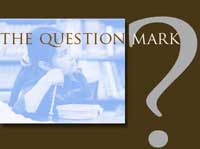
 This image is copyrighted by Mauro Cociglio and used with permission here. The original is on Flickr at
This image is copyrighted by Mauro Cociglio and used with permission here. The original is on Flickr at  there is little about these tasks that inspires or requires ingenuity, innovation, creativity or boldly original thought. For the most part, the assessment instruments are focussed on interpretation and analysis. The items mostly require
there is little about these tasks that inspires or requires ingenuity, innovation, creativity or boldly original thought. For the most part, the assessment instruments are focussed on interpretation and analysis. The items mostly require 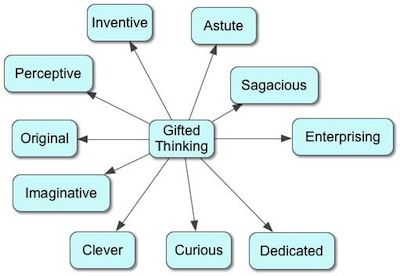

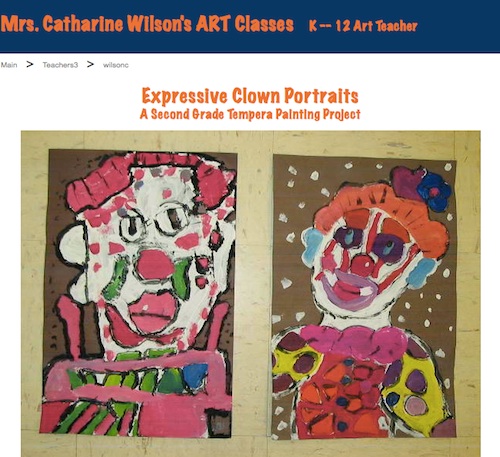 In some schools, the art work on the walls provides dramatic evidence of originality, as each child may be creating an image of a clown but each clown is unique in shape, color, character and mood. There are no templates being used. Perhaps the teacher had students enjoy a dozen or more images from the Internet before they began work on their own clowns, but this was no exercise in mere copying or imitation. The images on view sprang from the imagination of each child.
In some schools, the art work on the walls provides dramatic evidence of originality, as each child may be creating an image of a clown but each clown is unique in shape, color, character and mood. There are no templates being used. Perhaps the teacher had students enjoy a dozen or more images from the Internet before they began work on their own clowns, but this was no exercise in mere copying or imitation. The images on view sprang from the imagination of each child. 
